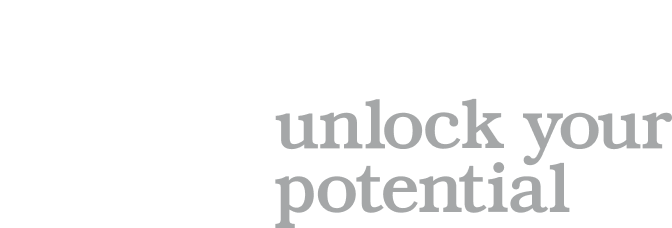12-Step Guide: Reduce your time-to-hire with the help of a candidate referral scheme
Implementing a candidate referral scheme can indeed help speed up the hiring process while also potentially leading to more successful hires.
Here’s a 12-step guide on how to reduce your time-to-hire with the help of a candidate referral scheme:
-
Plan and set goals
Define clear goals for your referral program. Determine how much you want to reduce the time-to-hire and how many successful hires you aim to achieve through this program.
-
Design the programme
Create a well-structured referral program. Decide on the incentives you'll offer to employees who refer successful candidates. These incentives could include monetary rewards, gift cards, extra vacation days, or even a special recognition within the company.
-
Promote the programme
Make sure all employees are aware of the referral program. Use company-wide communications, meetings, and emails to inform them about the programme’s benefits and how it can positively impact the hiring process.
-
Provide clear guidelines
Offer clear guidelines on the types of candidates you’re looking for and the positions you’re hiring for. This will help employees understand what kind of referrals will be valuable to the company.
-
Simplify the referral process
Make the referral process easy and onvenient. Provide an online portal or a simple form where employees can submit referrals along with the necessary information.
-
Engage hiring managers
Involve hiring managers in the process. They can provide insights into the skills and qualities they're seeking in candidates, which will help employees make more targeted referrals.
-
Regular updates
Keep employees informed about the progress of referred candidates. Send regular updates on the status of the referred candidates’ application and interview process.
-
Timely communication
Once a referral is received, promptly communicate with the referred candidate. Speed up the interview process for referred candidates to show the commitment to the programme and keep them engaged.
-
Streamlined interviews
Streamline the interview process for referred candidates. If possible, prioritise their interviews to ensure they move through the process quickly.
-
Feedback and recognition
Provide feedback to employees who make referrals. Even if the referred candidate isn’t selected, acknowledge the effort, and show appreciation for their contribution.
-
Monitor and measure
Continuously monitor the performance of your referral programme. Measure metrics such as time-to-hire, the number of successful referrals, and the quality of hires. Adjust the programme if necessary to achieve better results.
-
Refine the programme
Based on the data and feedback you gather, refine the referral programme over time. Adjust the incentives, communication strategies, or guidelines as needed to improve the programme’s effectiveness.
By implementing a well-designed candidate referral scheme, you can harness the power of your current employees’ networks to source potential candidates, ultimately speeding up the hiring process and increasing the likelihood of successful hires. Want to find out more? Fill out our contact form below and one of our experts will get back to you.





